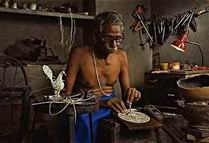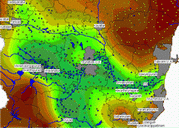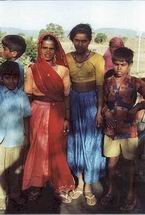|
|
||||||||||
|
a project on fertility transition in South India |
||||||||||
| The project | ||||||||||
|
||||||||||
| The Team | ||||||||||
| Output | ||||||||||
|
|
||||||||||
 |
 |
 |
| South
India Fertility Project
|
|
phase
2
|
Phase 2 aimed at investigating the components of social change in a sample of village settings where fertility transition can be related to other dimensions of social, economic and political transformations. The basic idea was that structural transformations affecting rural society impacted very differently on our sites. However, some mechanisms facilitating the rapid change in demographic behaviour could be identified only once the local context and, more precisely, local institutions are better known.
A preliminary paper summarizes the ideas that inform our approach and methodology.
Methodology
Site were selected in the four states by sampling high, medium or low areas. We also also took care to avoid villages characterized by specific conditions (close to cities, mainly tribal etc.) that were likely to deeply affect the components of local demographic and socio-economic change. See a map of village locations (map courtesy Sébastien Oliveau) .
Questionnaire. It includes a general village survey about economic activities, local facilities, social composition. Two longer questionnaires have been devised for focus group discussions and individual interviews with key local informants.
Reports
Reports from Phase 2 can be downloaded from here. As most of the reports contain more than 200 pages, word files have been compressed in zip format.
Andhra Pradesh (report and appendices)
Karnataka (report and appendices)
Kerala (report and appendices)
Tamil Nadu (report and appendices)Please note that these reports are preliminary. They include rich materials that have not been edited, but that we are happy to share with our colleagues.
Report highlights
Reports from Phase 2 include a large variety of fieldwork materials. See a summary of some of the most interesting features reported from village sites on this page.